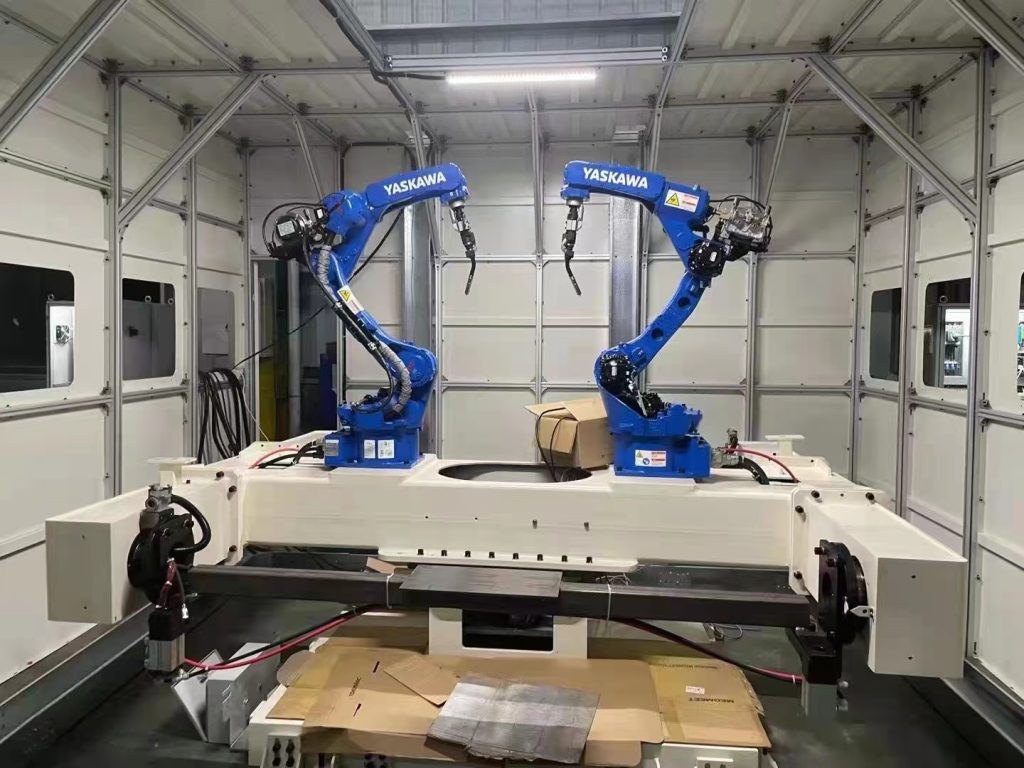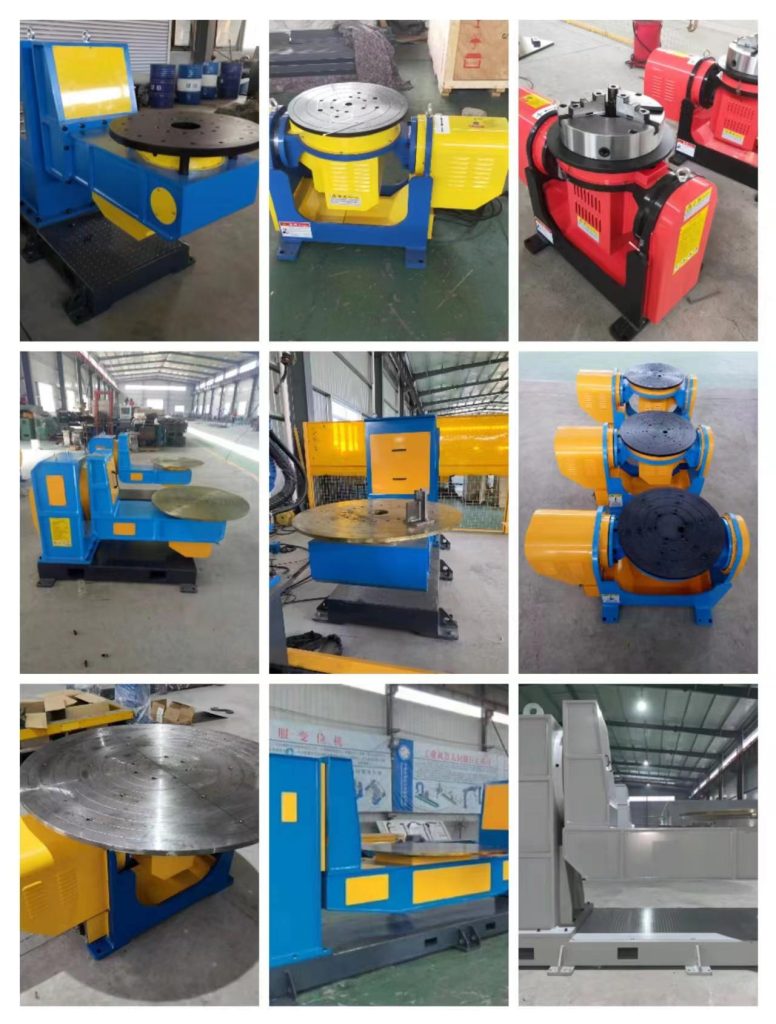Safety Considerations: Safety should be the top priority when operating the positioner. Follow all safety guidelines and procedures as outlined in this manual.
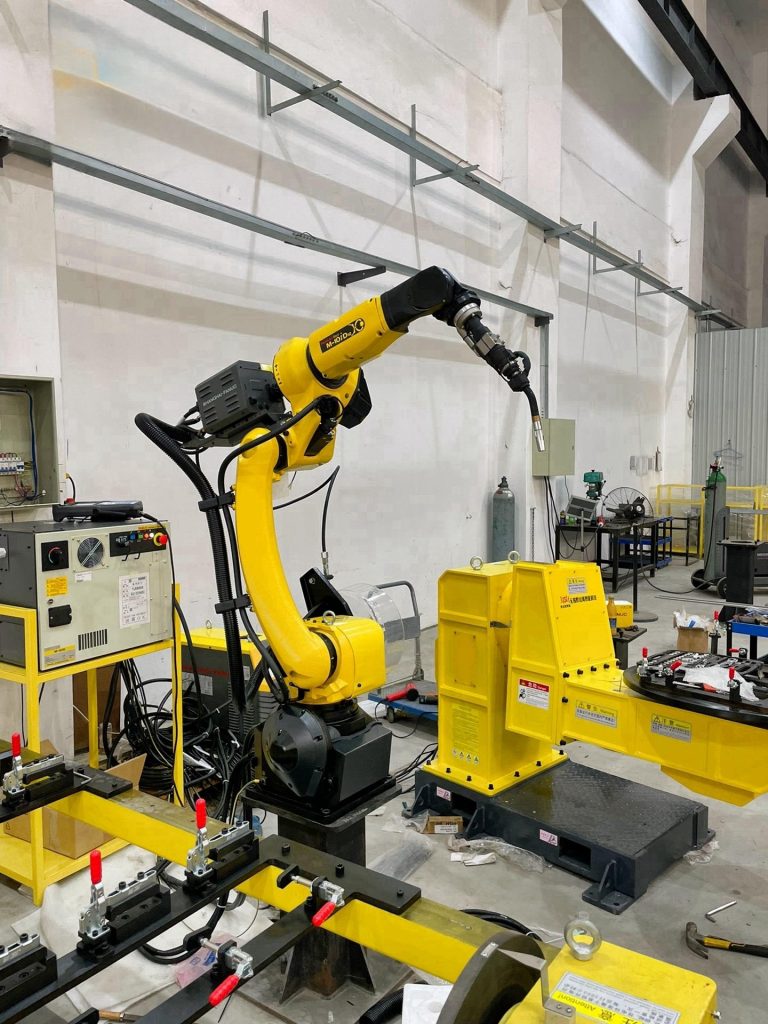
Safety Precautions:
Before operating the welding robot positioner, ensure that all personnel are wearing appropriate safety gear, including welding helmets, gloves, and protective clothing.
Check for any safety interlocks or emergency stop buttons and ensure they are functioning correctly.
Setup and Inspection:
Inspect the welding robot positioner for any visible damage or wear and tear. Do not operate the equipment if you find any issues.
Verify that the power supply, gas supply (if applicable), and all necessary connections are in place and functioning properly.
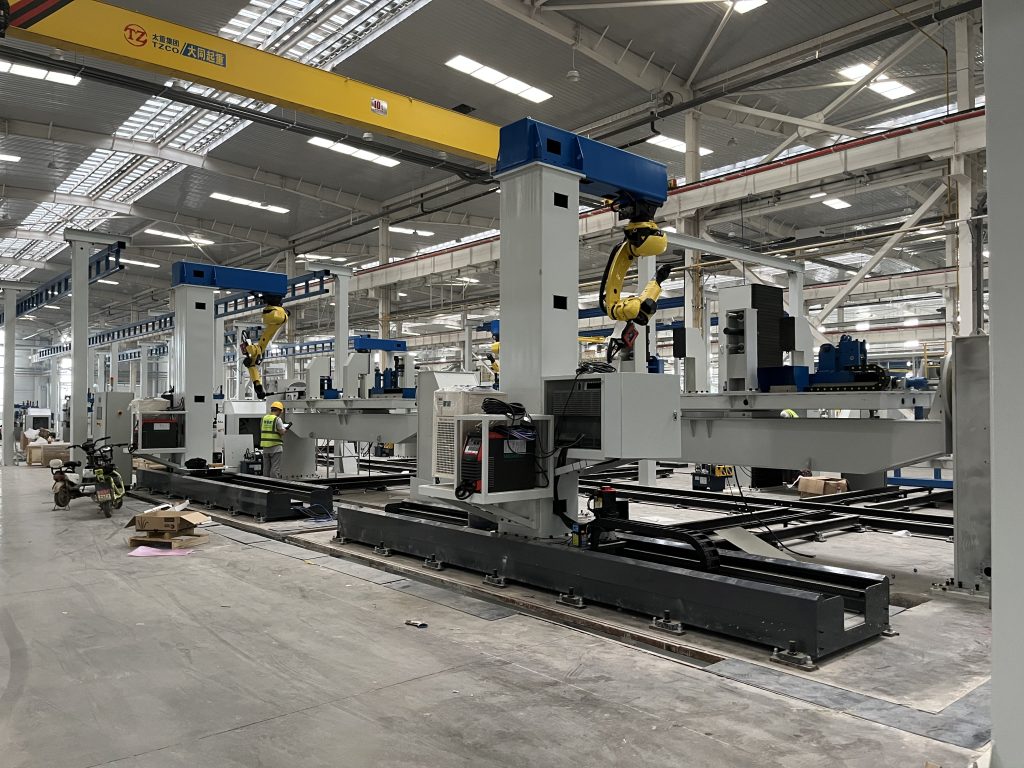
Position Workpiece:
Load the workpiece onto the positioner’s table or chuck it securely. Ensure it is properly aligned for welding.
Adjust the positioner’s settings to position the workpiece at the desired angle and orientation. Use the positioner’s controls to do this.
Program Robot (if applicable):
If the welding robot is integrated with the positioner, program it with the appropriate welding path and parameters. Ensure the robot is correctly calibrated and synchronized with the positioner.
Welding Setup:
Configure the welding machine, including setting the correct amperage, voltage, and wire speed for the welding process you intend to use.
Ensure the welding torch is in good condition and properly connected to the welding machine.
Safety Checks:
Double-check all safety measures, such as ensuring the welding area is properly ventilated to remove fumes and that fire extinguishers are readily accessible.
Verify that all personnel are clear of the welding area.
Initiate Welding:
Start the welding process according to your established procedures. This may involve manually starting the welding machine or initiating a welding program on a robotic system.
Monitoring:
Continuously monitor the welding process to ensure the quality of the welds. Pay attention to factors like weld penetration and travel speed.
Be prepared to stop the process if any issues or anomalies arise.
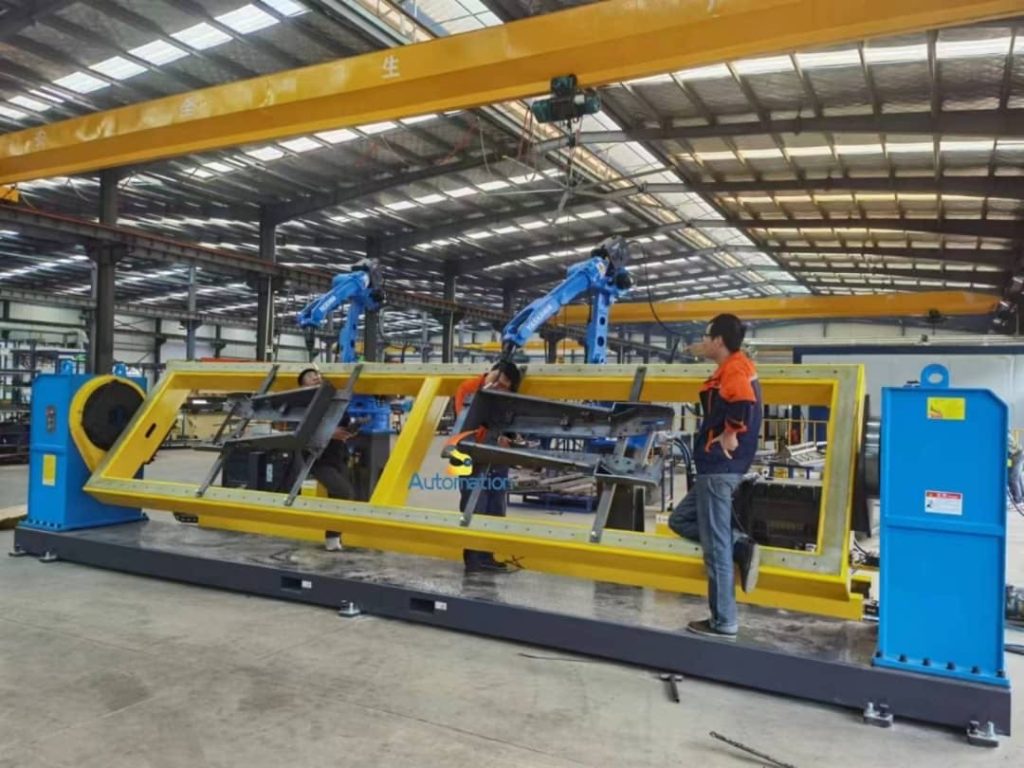
Cooling Period:
After completing the welding, allow the workpiece to cool down to a safe temperature before unloading it from the positioner.
Shutdown:
Safely power down the welding equipment, including the welding machine and any robotic components, according to the manufacturer’s guidelines.
Maintenance:
Perform routine maintenance on the welding robot positioner, including cleaning, lubrication, and inspection of critical components.
Training:
Ensure that all personnel operating the welding robot positioner are adequately trained in its use, including safety procedures.
Always refer to the specific manufacturer’s operating manual and guidelines for your welding robot positioner, as the operation may vary depending on the make and model. Additionally, adhere to all safety regulations and guidelines to ensure a safe working environment.

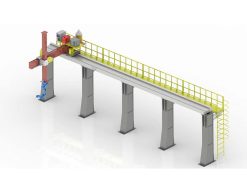 Robot Linear track
Robot Linear track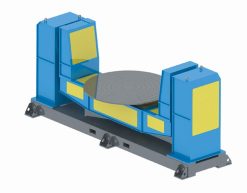 Robot welding Positioner
Robot welding Positioner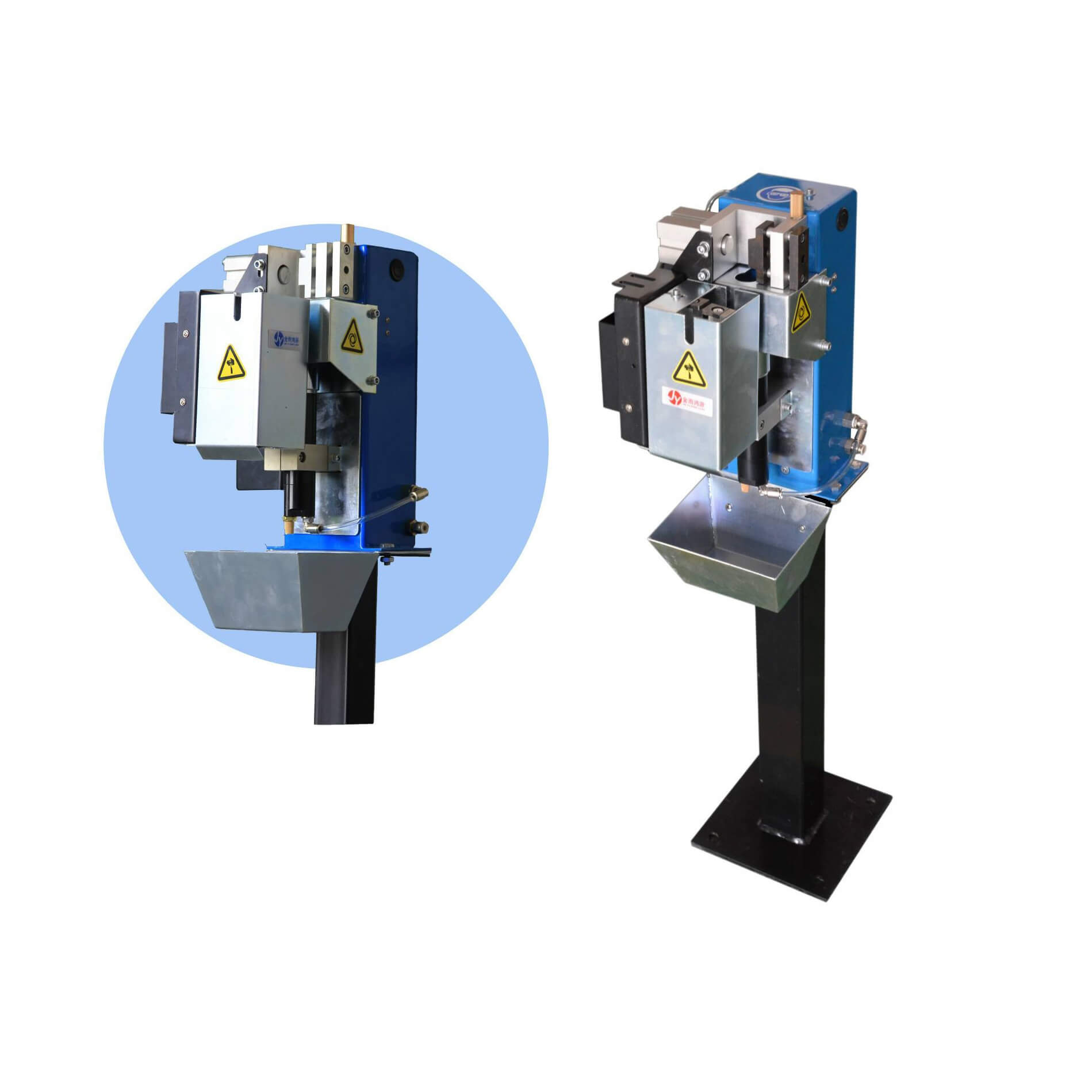 Robot Torch cleaning station
Robot Torch cleaning station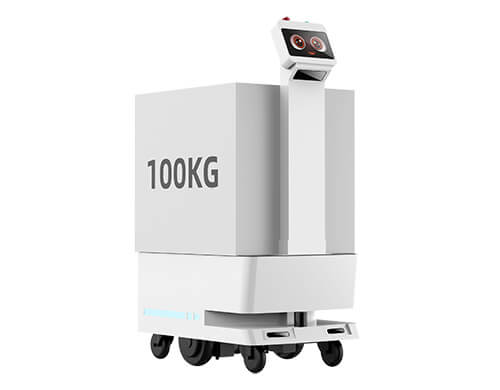 Factory delivery robot
Factory delivery robot